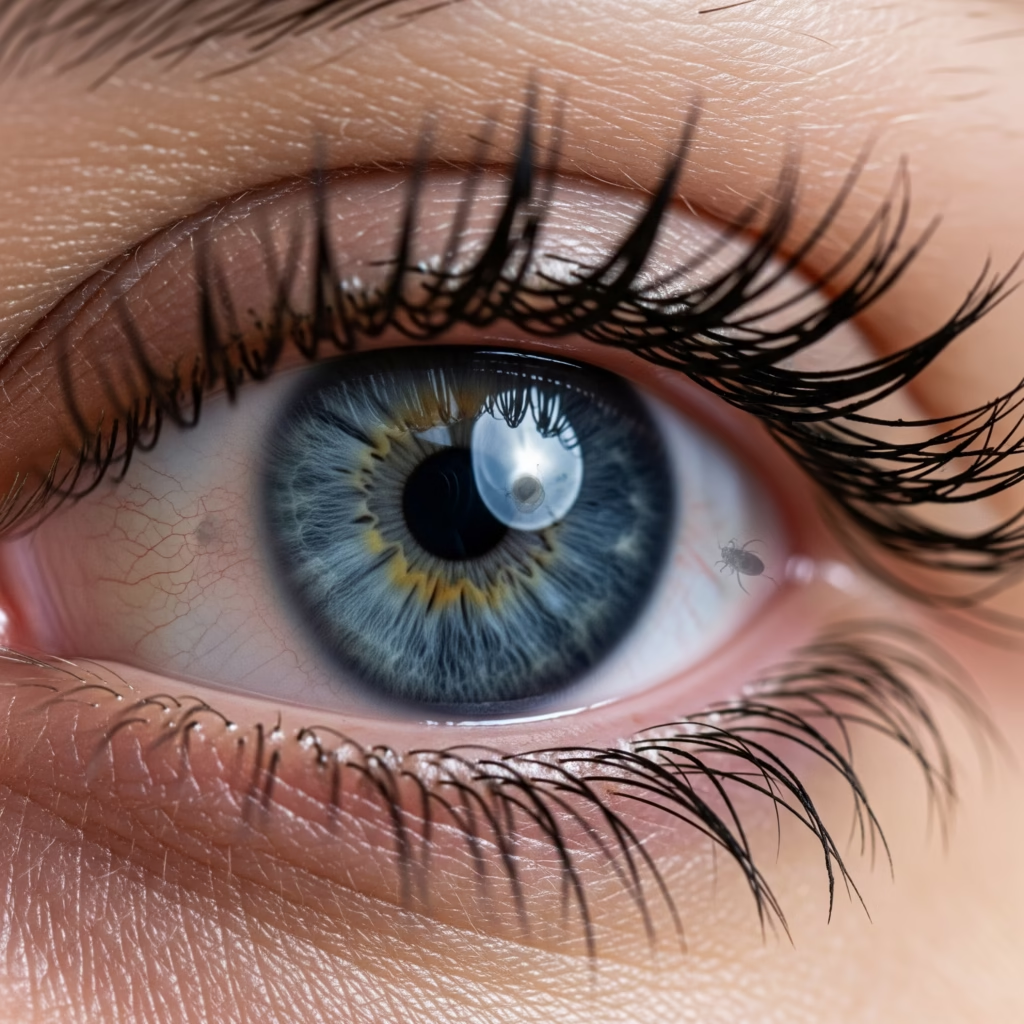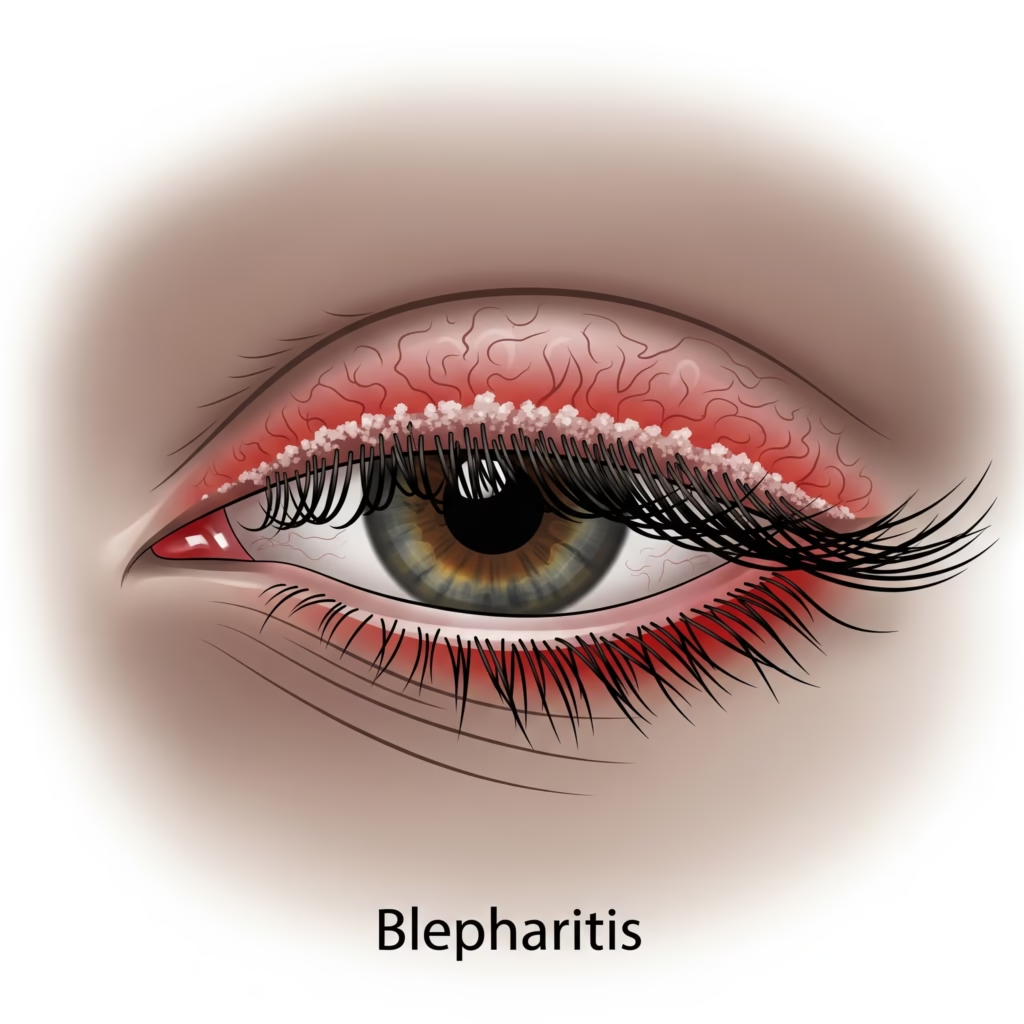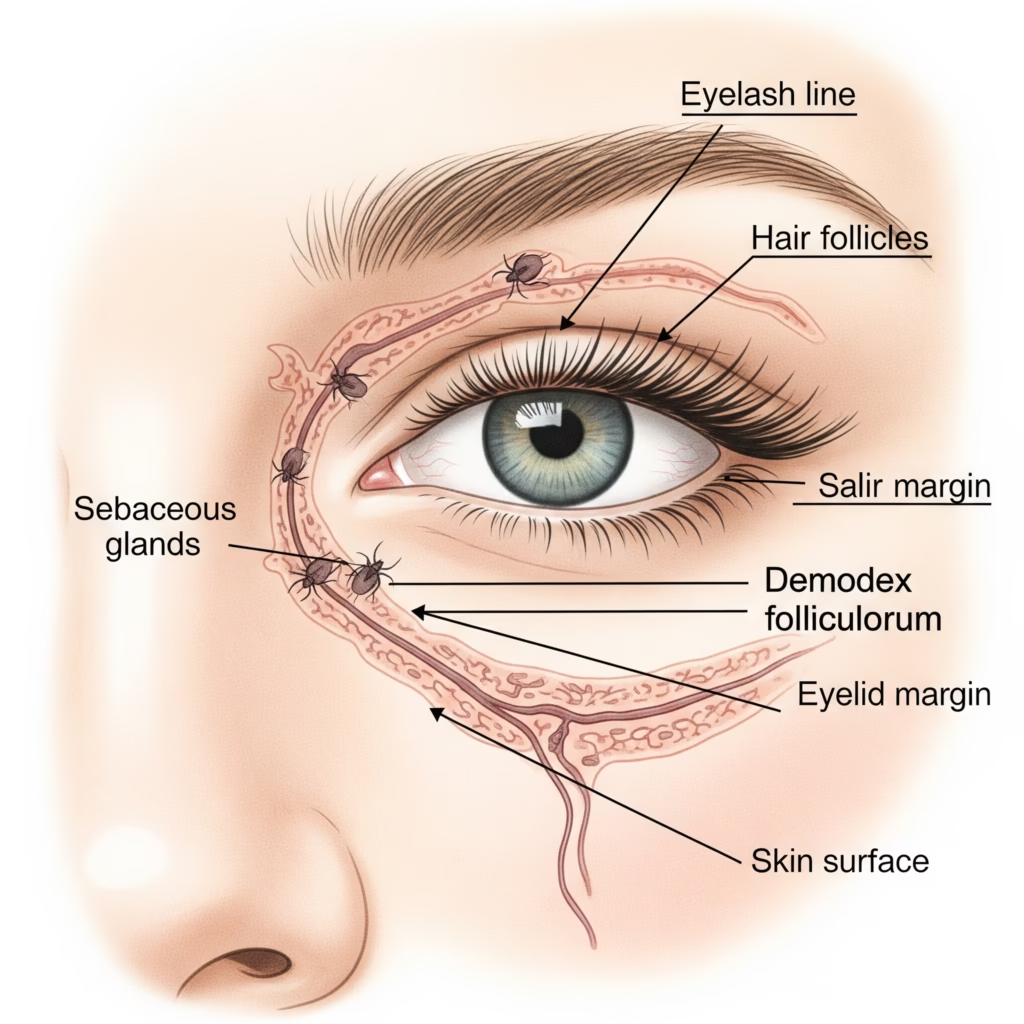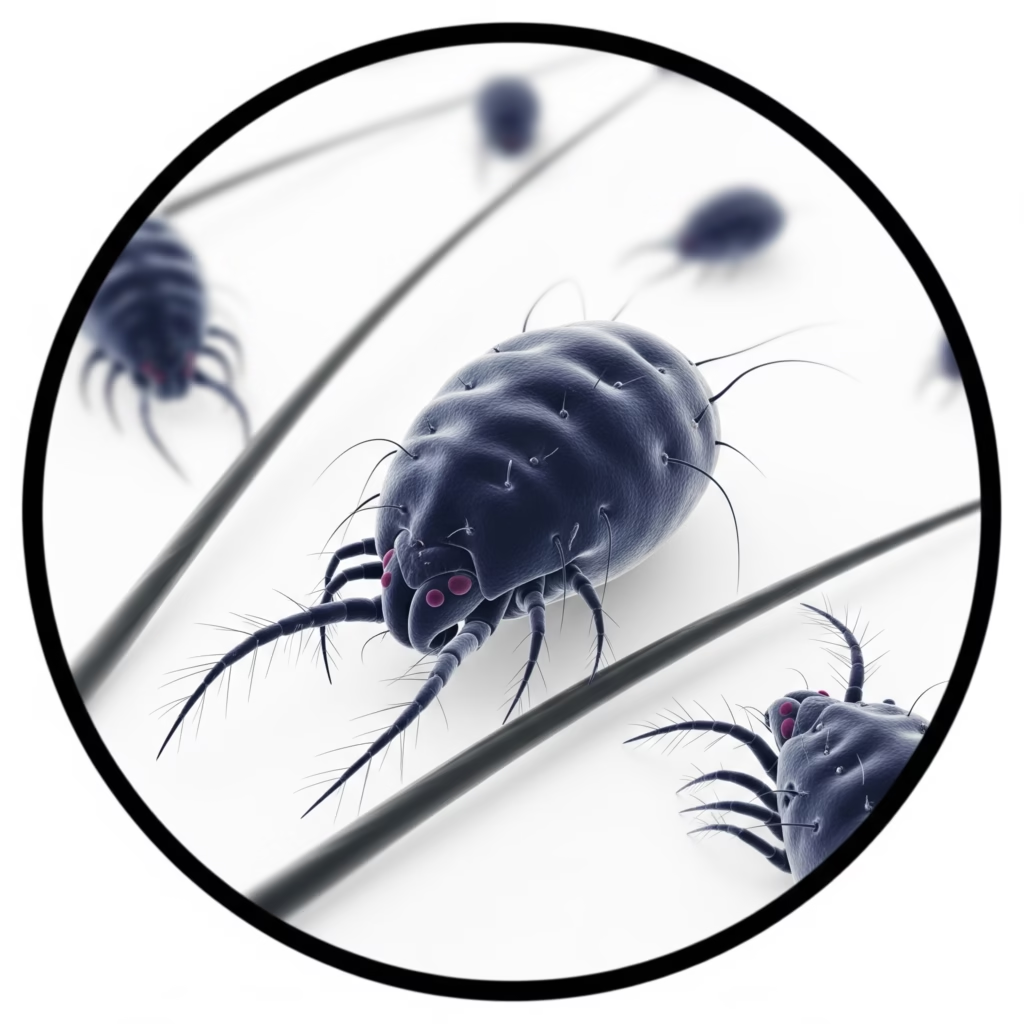First Things First: Yes, Eyelash Mites Are Real

So, here’s a sentence you probably didn’t expect to read today: You have tiny creatures living in your eyelashes. Not just lounging around on the surface—no, these microscopic freeloaders are burrowed into the follicles, snacking on oils and dead skin cells like it’s a buffet.
They’re called Demodex, and while the name sounds like a rejected Marvel villain, these mites are all too real. In fact, if you’re over the age of 18, there’s a solid chance you’re already hosting them.
Grossed out? Yeah, most people are. But it’s not all bad news (we’ll get there, promise).
Meet Your Uninvited Guests: What Are Eyelash Mites?

Let’s unpack this for a second. Demodex folliculorum and Demodex brevis are the two types of mites that cozy up on human skin—particularly around the eyes, nose, and cheeks. They’re not visible to the naked eye; we’re talking about organisms smaller than half a millimeter.
They’re technically arachnids (yes, spiders), and they’ve evolved alongside us for thousands of years. It’s kind of like a messed-up roommate situation where nobody talks about the tension.
They live in hair follicles, mainly on the face, and love to congregate around the eyelids where there’s warmth, moisture, and oil—a perfect micro-habitat for them to thrive.
But Wait—Are They Dangerous?

Honestly? It depends. Most of the time, they’re harmless squatters. Your immune system keeps their numbers in check, and you go about your life blissfully unaware.
But—and it’s a big but—when their population explodes (sometimes due to stress, a weakened immune system, or certain skin conditions), things can get ugly.
That’s when you might see signs like:
- Itchy, red eyelids
- Crusty debris along the lash line (especially in the morning)
- Eye irritation or dryness
- A sensation like there’s grit in your eyes
- Swollen lids or frequent styes
This condition is known as Demodex blepharitis, and it’s more common than you’d think—especially in people with rosacea, seborrheic dermatitis, or acne-prone skin.
How Do You Spot These Little Freeloaders?

Unfortunately, you can’t exactly pull out a magnifying glass and go detective-mode. These mites are tiny—like, microscope-required tiny. So unless you’ve got lab gear lying around, the best way to “spot” them is by identifying their symptoms.
Here’s what eye doctors typically look for:
- Collarettes: These waxy, cylindrical dandruff-like deposits at the base of your lashes are a dead giveaway.
- Eyelid inflammation: Red, thickened margins that just won’t quit.
- Chronic dry eye: Mites can clog the meibomian glands (they keep your tears oily), making your eyes dry out faster than an old sponge.
A trained optometrist or dermatologist might use a slit lamp or even pluck a few lashes under a microscope to confirm the diagnosis.
Why Now? What’s Causing the Buzz?
It’s weirdly trendy to be talking about eyelash mites right now. Maybe it’s TikTok, maybe it’s the sudden explosion of skincare culture—but people are way more curious (and mildly panicked) about what’s crawling on their faces.
Plus, lash extensions, heavy makeup use, and skipping proper cleansing can all increase your risk of a Demodex bloom. Mites thrive in oily, unwashed environments—so if you’re falling asleep in mascara regularly… well, they thank you for the hospitality.
Seasonally, flare-ups are more common in colder months when our skin tends to be drier and our immune responses lag behind.
Can You Get Rid of Them?

Here’s the thing: you can’t completely get rid of eyelash mites. They’re part of your skin’s ecosystem. Trying to wipe them out entirely would be like trying to live in a house without bacteria. It’s not realistic—and honestly, not even necessary.
What you can do is manage them so they don’t become a problem. Here’s how:
- Clean your eyelids regularly. Use a tea tree oil-based cleanser (like Cliradex or We Love Eyes). Mites hate tea tree oil.
- Ditch makeup nightly. No shortcuts. Use micellar water, oil-based cleansers, whatever works—just get it off.
- Wash pillowcases often. You’d be surprised how much oil and debris builds up there.
- Take care of your skin barrier. A healthy skin microbiome keeps mite populations balanced.
- Avoid sharing eye makeup. Pretty self-explanatory—and pretty gross if you think about it.
And if your symptoms don’t ease up after a few weeks of good hygiene? See a doctor. There are prescription treatments like ivermectin or metronidazole that can help lower mite populations safely.
Let’s Talk About the “Ick” Factor
Look—we get it. The thought of living with bugs on your face sounds like a horror movie subplot. But here’s the thing: your skin is home to an entire invisible ecosystem. Bacteria, fungi, mites—all working together (or sometimes not) to keep things balanced.
It’s not about being dirty. Even the cleanest faces host these critters. In fact, over-washing or using harsh products can make things worse by stripping your skin and inviting more chaos.
So yes, eyelash mites are real, but they’re not the end of the world—or even your lashes. As long as you stay on top of hygiene and pay attention to changes in your eyes, you’re probably fine.
And hey, if nothing else, it’s a great party fact. “Did you know you probably have 100 mites living on your eyelashes?” Watch the room go quiet.
Final Thoughts: Creepy, But Not Catastrophic
To wrap it up: Demodex mites are tiny, creepy, and probably living on you right now—but they’re also usually harmless. Most people coexist with them their whole lives without even knowing it.
That said, if you’re dealing with constant eyelid irritation, flaky lash lines, or stubborn dry eye, they might be overstaying their welcome. A little awareness and some good hygiene can go a long way in kicking the mites back into the shadows where they belong.
So don’t panic. But maybe… wash your pillowcase tonight?






